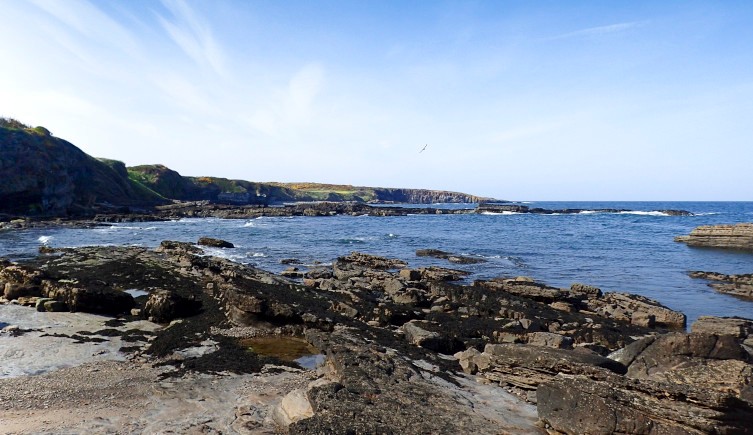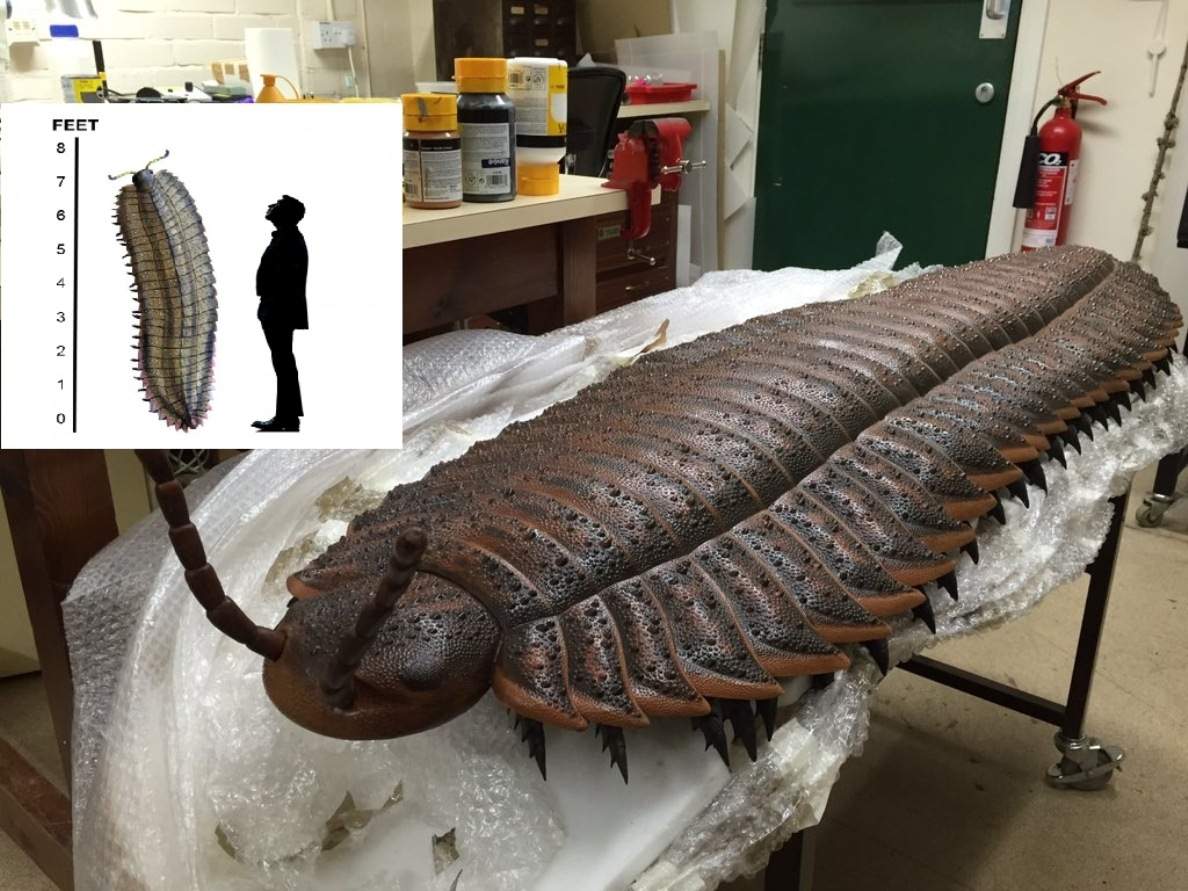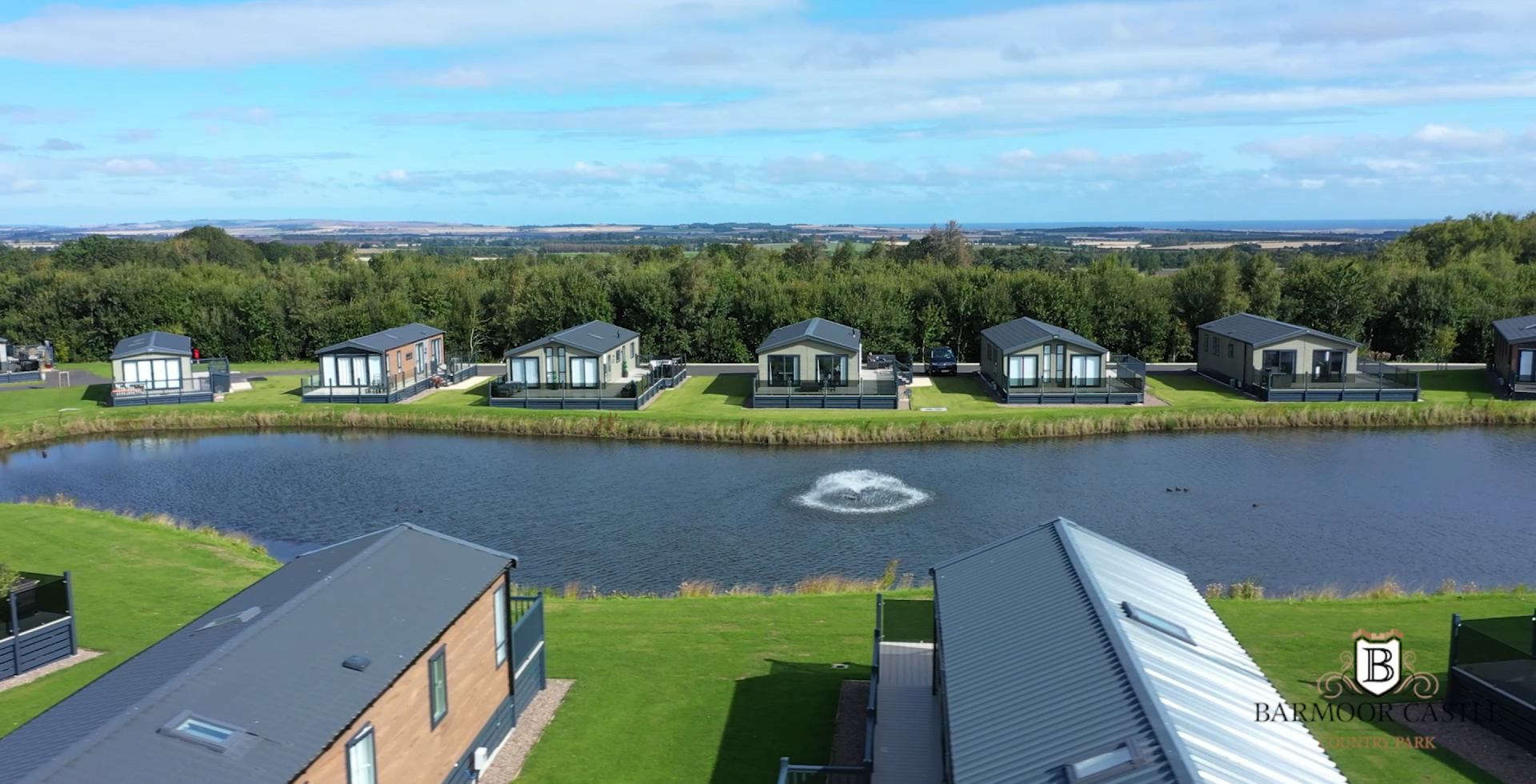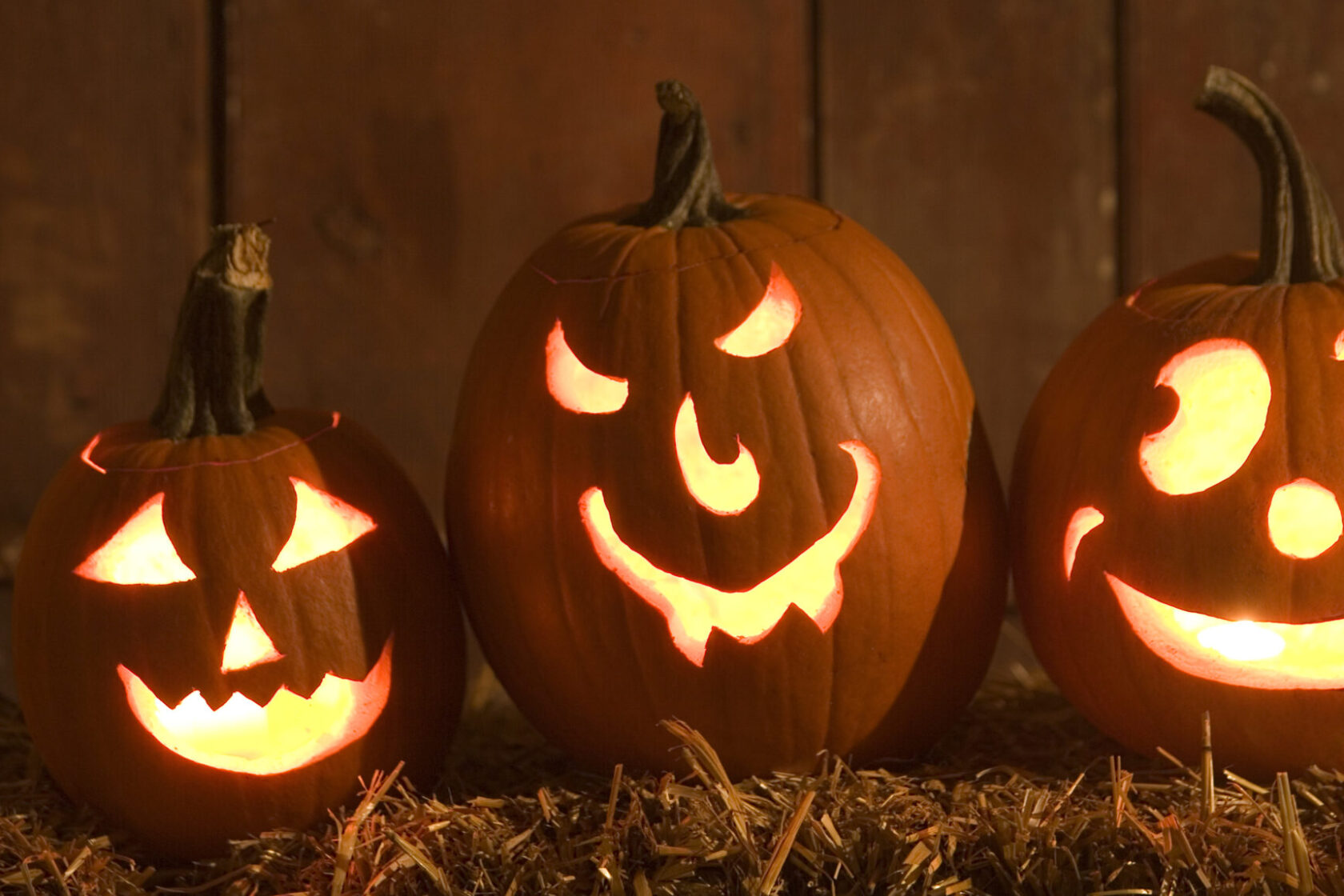
Howick Bay where The Arthropleura fossil was found in 2018. Image © Neil Davies
When people think of the Jurassic Coast, Dorset usually steals the spotlight.
But venture further north and you’ll find a stretch of coastline in Northumberland that’s equally rich in history, geology, and prehistoric secrets — a hidden gem for fossil hunters, nature lovers, and curious minds alike.
Welcome to Northumberland’s very own “Jurassic Coast”.
A Fossil Hunter’s Paradise
While it might not officially share the name, Northumberland’s rugged coastline offers an unforgettable journey through millions of years of geological history. Particularly around areas like Howick Bay, Craster, and the River Coquet estuary, keen-eyed visitors can uncover fossilised corals, brachiopods, and ancient plant life from the Carboniferous Period — predating the Jurassic by some 100 million years.
In these ancient rocks, you’ll find imprints of prehistoric ferns, delicate crinoids (sea lilies), and even fragments of early marine ecosystems, preserved like ancient fingerprints in stone. Best of all, many of these treasures are revealed by the elements themselves, making the Northumberland coast a paradise for amateur palaeontologists and young explorers alike.
Top Tip: After a storm or during a low tide, new finds often emerge, offering fresh discoveries even for regular visitors.
Dramatic Landscapes Shaped by Time
Beyond the fossils, the very landscape is a living museum. Towering limestone cliffs, banded shales, and golden sandstone tell a dramatic story of ancient tropical seas, dense swampy forests, and the slow, relentless forces of ice and erosion. The geological layers are like the pages of Earth’s oldest diary, each stratum whispering secrets from a vanished world.
A walk along the coastal path to Dunstanburgh Castle feels almost like stepping back through the ages. The mighty ruins, silhouetted against the sky, add a layer of medieval drama to a landscape already steeped in primeval history. Here, the connection between natural and human history feels palpable, almost magical.
Even today, the coastline continues to evolve. With every passing season, the tide shifts rocks, reveals new fossil beds, and reshapes the cliffs, ensuring the story is never quite the same twice.
Family Adventures and Fossil Walks
Northumberland’s coast is not just a playground for scientists — it’s perfect for families seeking adventure with a dash of discovery. Several local organisations offer guided fossil hunts and geology tours, especially during the school holidays. These expert-led experiences provide fascinating insights into the local geology, teach responsible collecting techniques, and often include hands-on activities for children.
Popular options include guided walks at Howick and Berwick-Upon-Tweed, where expert geologists help participants find real fossils and understand the incredible history behind them.
Pair your fossil hunting with a visit to nearby treasures such as Bamburgh Castle, Seahouses, or the Farne Islands, and you’ll have the perfect day out that blends history, nature, and family-friendly adventure.
Don’t forget to pack: sturdy boots, a small hand lens, and a good fossil guidebook to help you identify your finds!
Preserving the Past
Fossil hunting is thrilling, but it’s important to fossil hunt responsibly. Many parts of the Northumberland coast are Sites of Special Scientific Interest (SSSIs), meaning fossils must be left in place to protect their scientific value. Always check local guidelines, and if in doubt, photograph your finds rather than pocketing them.
Joining an organised fossil walk not only ensures you respect local conservation rules but also gives you a much richer understanding of what you’re seeing.
Plan Your Jurassic Journey
Northumberland’s coastline may not trumpet its prehistoric heritage as loudly as Dorset’s Jurassic Coast, but those who listen carefully will find its whisperings every bit as fascinating.
With its silent cliffs, hidden fossils, and ancient stones, this unspoiled stretch of England’s coast invites you to slow down, explore, and marvel at the incredible stories locked within the rocks.
Whether you’re a seasoned fossil hunter, a curious traveller, or simply in search of a beautiful walk with a twist of deep time, Northumberland’s “Jurassic Coast” promises a truly unforgettable journey — an adventure where every step brings you closer to the ancient earth beneath your feet.
Top 5 Fossil Hunting Spots on Northumberland’s Coast
1. Howick Bay
One of Northumberland’s best-kept secrets for fossil hunters. Look out for fossilised corals, crinoids, and ancient plant remains exposed in the rocks, especially after storms or rough tides. The rocky shorelines here reward patient exploration.
2. Craster to Dunstanburgh Castle
The coastal walk between Craster and the castle offers not just dramatic scenery but also excellent fossil-spotting opportunities. Brachiopods, sea lily stems, and ripple-marked stones can often be found along the rocky stretches.
3. River Coquet Estuary (near Warkworth)
This area blends salt marsh, tidal flats, and rocky outcrops. Fossilised marine life from ancient seas, including shells and corals, can sometimes be found around the exposed banks and river edges.
4. Alnmouth Bay
Alnmouth’s expansive beaches and nearby rocky patches can reveal occasional fossils, especially plant imprints from ancient swamp forests. It’s a great, family-friendly location thanks to its easy access and facilities.
5. Cocklawburn Beach (near Berwick-upon-Tweed)
Known for its layered rock formations and striking geology, Cocklawburn is a brilliant site for spotting fossils embedded in limestone beds. It’s also a lovely spot for a scenic coastal walk with dramatic views.
Handy Tip: Always check tide times before heading out, and plan to explore at low tide when more of the fossil-rich rocks are exposed.

Largest bug of all time found on a Northumberland Beach – Photo courtesy of Geologyin.com




